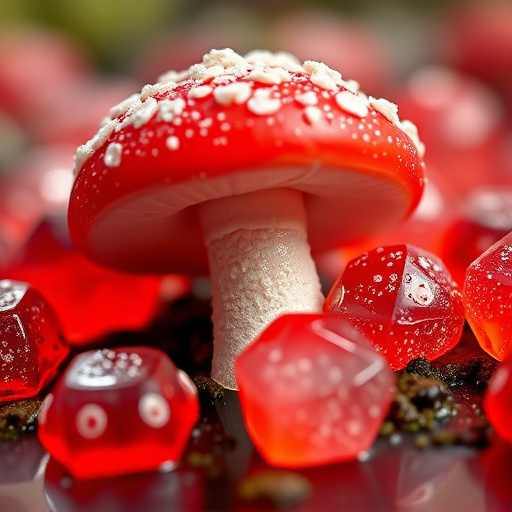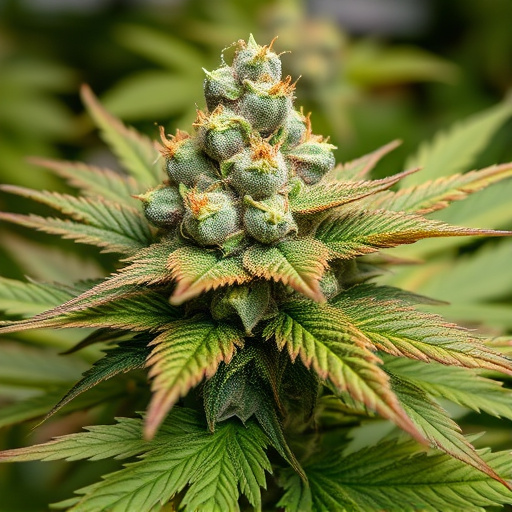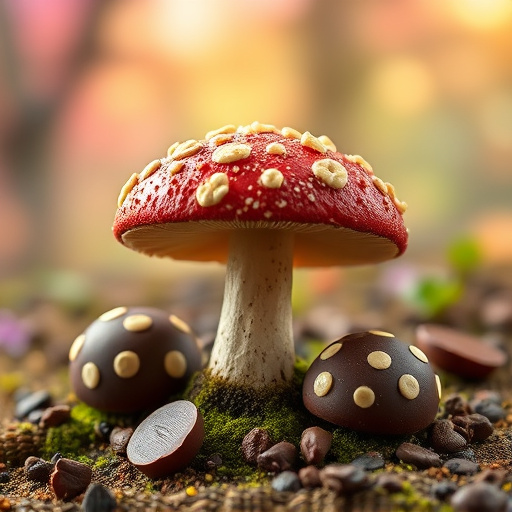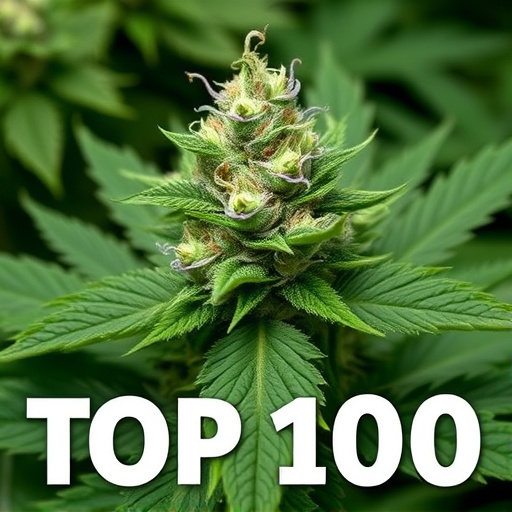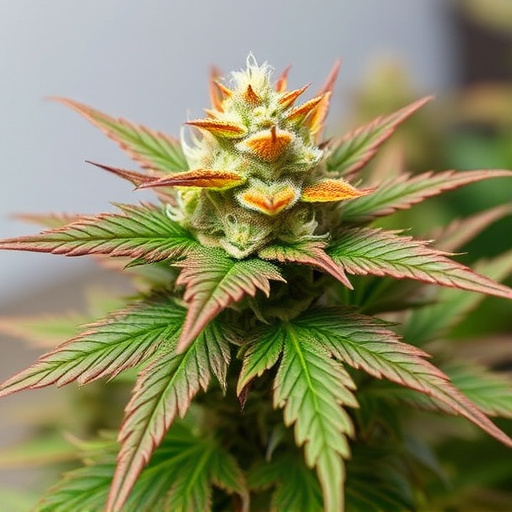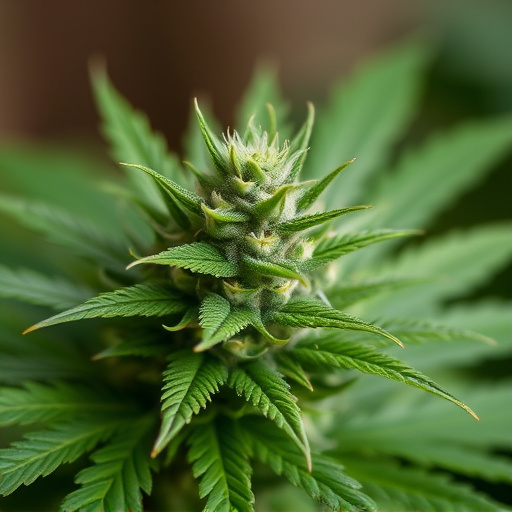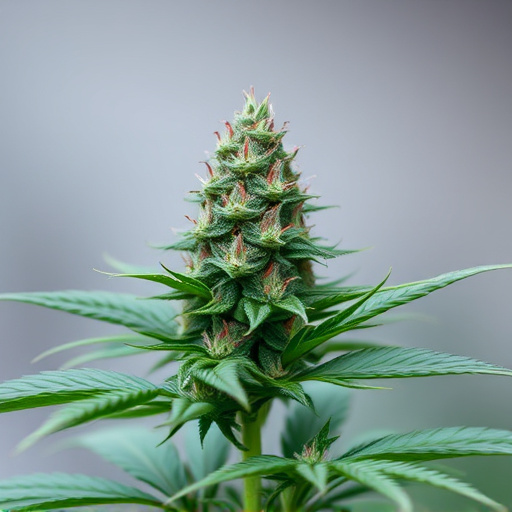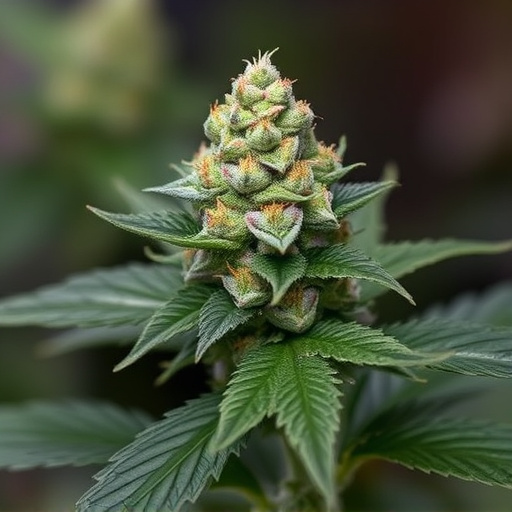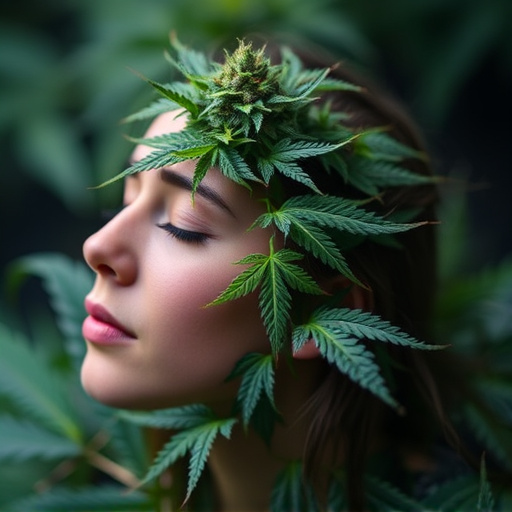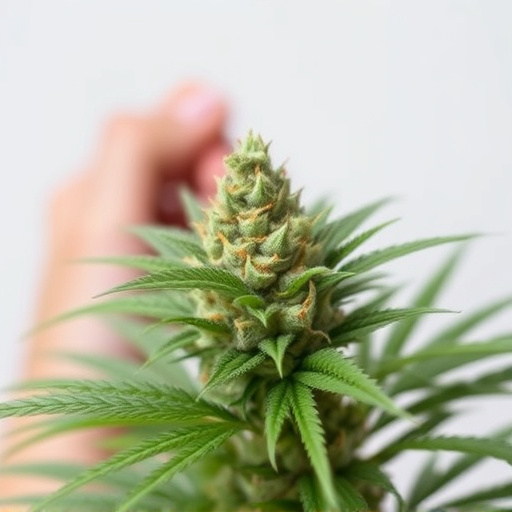Cannabis potency for migraine treatment relies on cannabinoid (THC, CBD) and terpene (myrcene, terpinen-4-ol) profiles. High-THC strains offer pain relief and mental clarity, while high-CBD strains provide anti-inflammatory effects without psychoactive properties. Optimal growing conditions – temperature (65°F–75°F/18°C–24°C), humidity (40%–60%), lighting (16–18 hours light/day vegetative, 12 hours flowering) – preserve terpene production and ensure consistent quality. Careful cultivation of best cannabis strains for migraines enhances therapeutic benefits, addressing migraine symptoms while maintaining mental acuity.
Unleash the full potential of your cannabis plants with this comprehensive guide. Discover the secrets behind maintaining potency and aroma, ensuring each bloom is a fragrant feast. We explore how understanding cannabis chemistry, particularly its potency and aromatic compounds, is key to success. For migraine sufferers, we delve into the best cannabis strains known for their soothing properties. Learn about optimal growing conditions to achieve consistent quality, from nutrient balance to lighting cues.
- Understanding Cannabis Potency and Aromatic Compounds
- Choosing the Right Cannabis Strains for Migraines
- Maintaining Optimal Growing Conditions for Consistent Quality
Understanding Cannabis Potency and Aromatic Compounds
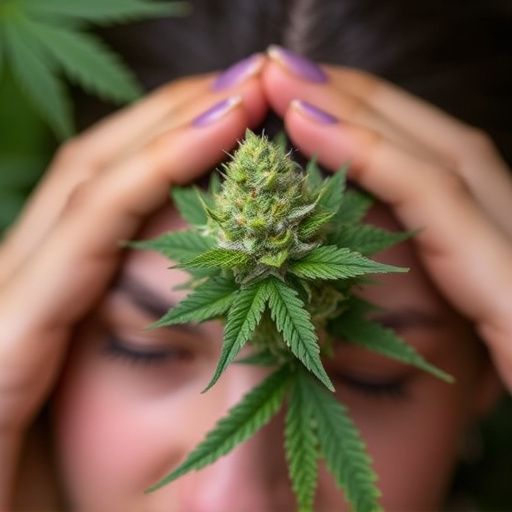
Cannabis potency refers to the concentration of active compounds, primarily cannabinoids like THC and CBD, in a given strain. These compounds are responsible for the plant’s unique effects on the user, including its therapeutic benefits. When it comes to keeping cannabis potent, maintaining the integrity of these aromatic compounds is key. Cannabis strains known for their high THC levels can offer significant relief for various conditions, including migraines, providing a clear mind and reduced pain sensation.
Aromatic compounds, often referred to as terpenes, also play a crucial role in cannabis potency and appeal. These volatile oils give each strain its distinct scent and flavor, contributing to the overall sensory experience. Certain terpenes have been linked to specific health benefits; for instance, myrcene is known for its relaxing effects, making it potentially useful for those seeking relief from migraine-related stress and insomnia. Understanding the interplay between cannabinoids and terpenes can help cultivators and users select the best cannabis strains for migraines, ensuring a potent and aromatic experience that meets their therapeutic needs.
Choosing the Right Cannabis Strains for Migraines
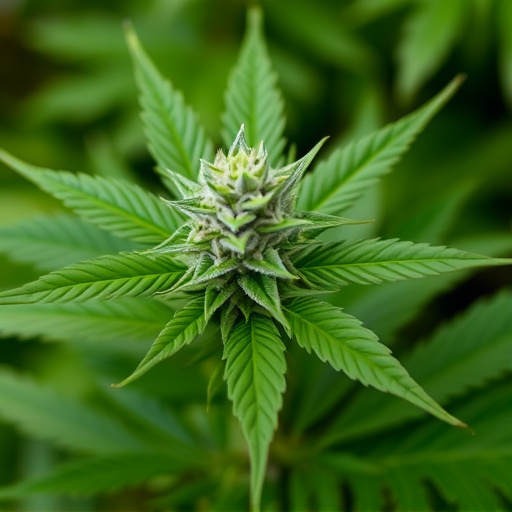
Cannabis has gained popularity as a natural remedy for various conditions, including chronic pain and migraine headaches. When it comes to selecting the best cannabis strains for migraines, terpinen-4-ol (a common terpene) becomes a key focus. This compound is known for its soothing properties and is often found in high concentrations in strains like Blue Dream, Granddaddy Purple, and Bubble Gum. These varieties have been renowned for their ability to alleviate pain and induce relaxation, making them potential go-to options for migraine sufferers.
In addition to terpene profiles, the overall chemical makeup of cannabis should be considered. Strains with higher levels of CBD (cannabidiol) are often preferred as they offer anti-inflammatory effects without the psychoactive high associated with THC (tetrahydrocannabinol). This balance can help manage migraine symptoms effectively while maintaining a clear mind, ensuring that individuals can continue their daily activities without discomfort.
Maintaining Optimal Growing Conditions for Consistent Quality
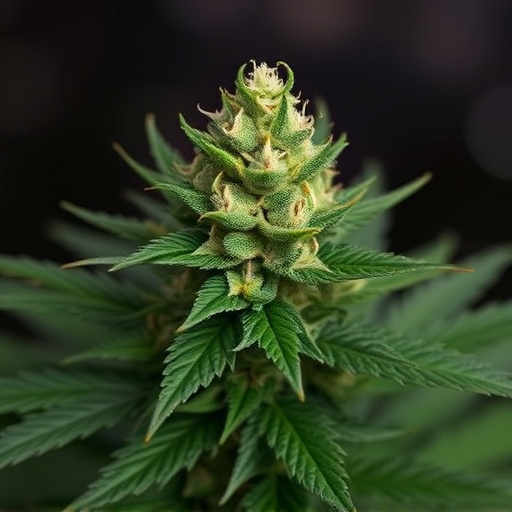
Maintaining optimal growing conditions is essential for keeping your cannabis flowers potent and aromatic, ensuring that each harvest provides consistent quality. This starts with providing the right environment for your plants to thrive. Cannabis thrives in temperatures between 65°F and 75°F (18°C to 24°C) during the vegetative phase and slightly cooler conditions of 55°F to 65°F (13°C to 18°C) during flowering. Maintaining a consistent humidity level between 40% and 60% is also critical, as this range supports both robust growth and optimal terpene production. Adequate lighting plays a vital role; aim for 16-18 hours of light per day during vegetative growth, reducing to 12 hours when flowering begins.
For best results with popular strains known for their migraine-relieving properties, such as certain best cannabis strains for migraines, maintain these conditions carefully. For instance, keep your plants in a well-ventilated area, use high-quality growing media that drains well, and monitor nutrient levels to prevent deficiencies or excesses that can negatively impact both potency and aroma. Regularly cleaning your grow space and equipment also helps prevent pests and diseases from affecting your crop.
By understanding the science behind cannabis potency and aromatic compounds, and selecting the optimal strains like those known as the best cannabis strains for migraines, along with providing careful attention to growing conditions, you can consistently cultivate high-quality cannabis that maintains its desired effects and pleasant aromas. These strategies ensure a superior experience for both medicinal and recreational users.

